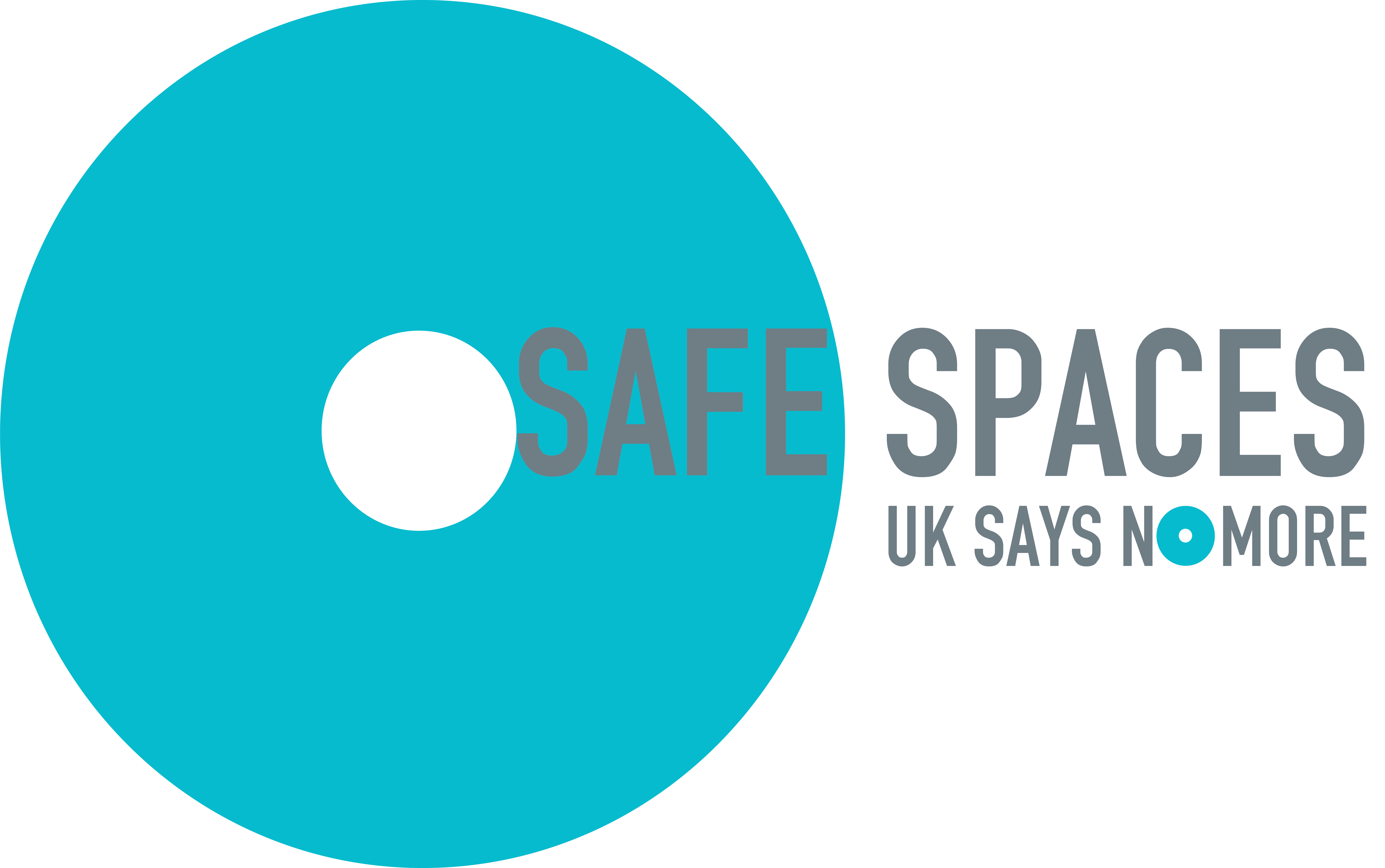Pay Gap Reporting – Progress but nowhere near enough – why?
Already the message is clear – in 2019 the published GPG figures will be marginally better than in 2018. There is no doubt that this is not good enough and we will continue to hear reasons from organisations, as to why it is hard to make a difference.
Accepting that there is a year delay in reporting, meaning that the data we see published over the next month will be from April 2018 – meaning that organisations who have shifted the dial in the last 12 months, will have to wait for that to impact the published figures.
It is still without doubt, unacceptable to be publishing pay gaps of an average of 18%+ – without even looking at the sectors at the higher end with figures commonly in the 25-40% mark for engineering, construction, insurance and finance.

Pay Gap Reporting
In the background, most employers are also lining up reasons as to why reporting on ethnicity and disability pay gaps will be hard or even impossible – mostly as the data is not there. In a digital era where we share more information about ourselves than ever before, and in which data capture is possible from the most basic smartphone, this is certainly not the barrier. The issue always comes back to culture – employers need to ask why employees will tell the world what they had for dinner, but are not comfortable sharing their cultural heritage in a confidential environment.
Health and Safety
The reality is that it is not so hard to make a change but to do so, organisations need to give it the same focus as any other change programme. Take health and safety for example, an accident rate of 18+% would result in a huge investment to turn that around. However we are still seeing excuses about ‘not enough women / people of colour / disabled candidates in the market’ or token gestures of implementing development programmes or internships, without any real commitment to making a change.

It does not have to be this way. Taking a holistic and comprehensive view of how to close the pay gap, can and will have a significant impact for those organisations who choose to take that route. To do this, organisations need to look at all aspects of the employee lifecycle. Job design is the first step, identifying barriers and opportunities to be more inclusive is the lynchpin of recruiting diverse talent.
Addressing Gender Pay Gap
Advertising in different channels and reviewing language and tone will help attract more diverse talent but only if the organisational culture is open to new and different hires. Retaining diverse talent will only be successful if the working environment is welcoming to all.
Simply addressing the gender pay gap as a female issue is another key mistake – some women come from different cultural backgrounds, some are disabled, some are gay whilst others are carers. Taking a one-dimensional approach to tackling gender (or other) issues will only solve a small proportion of the problem.

Adjustment Programmes
It is clear that ensuring policies are inclusive, adjustment programmes are in place, flexible working is adopted, are important in addressing pay gaps. However, there are few organisations who have tested the equality impact of the performance management process, change management methodology, succession planning, absence management – the list is endless. Those that have always identified adverse impact that has an effect on diverse talent contributing their best at work, or being recognised for their contribution.
You may note at this point, that I have yet to even mention pay or reward mechanisms. There are so many barriers to consider here – service based pay increments, still prevalent in public sector will always impact negatively on certain groups – career breaks, part time working, all result in a reduced pay level. Performance related pay is highly likely to drive gaps as certain groups are more likely to promote their achievements and gain the associated reward.
Bonus Pay Gap
Just looking at the bonus pay gap in itself highlights a number of challenges. Why are bonuses still reserved for the few at a senior level – remember the cleaner who put the man on the moon at NASA? Inclusion should mean bonuses for all. The link between performance processes and bonus again negatively influencing women, those with mental health challenges, those from a BAME background.

Of course, the pay gap data in isolation does not tell all of the story. There are organisations who have a predominantly male workforce who therefore have a low gap due to a lack of comparator. There are organisations who have gaps of 20%+ but who have been affecting genuine change for some years in a traditionally non diverse environment. There is only one solution and it is in reach of all organisations – make inclusion a priority. Invest in a change programme that will bring you more talent, innovation, profit and a secure workforce for the future.
To really reap the rewards of your change programme you need to understand where you are now, beyond numbers and data. Take a holistic view that uses the data but also engages the key stakeholders in your business – male and female. Starting immediately with a deep dive pay gap review could be your first step to beating the competition.
The Clear Company Pay Gap audit is based on 15 years of experience in the diversity and inclusion space. In-depth research, delivered by experts in their field provides an accurate insight into the reasons for your Pay Gap. Specific, practical solutions deliver tangible, long term change supported by a range of product toolkits. Email enquiries@theclearcompany.co.uk to arrange a call about how we can help.
Jenny Hinde
Director, The Clear Company



